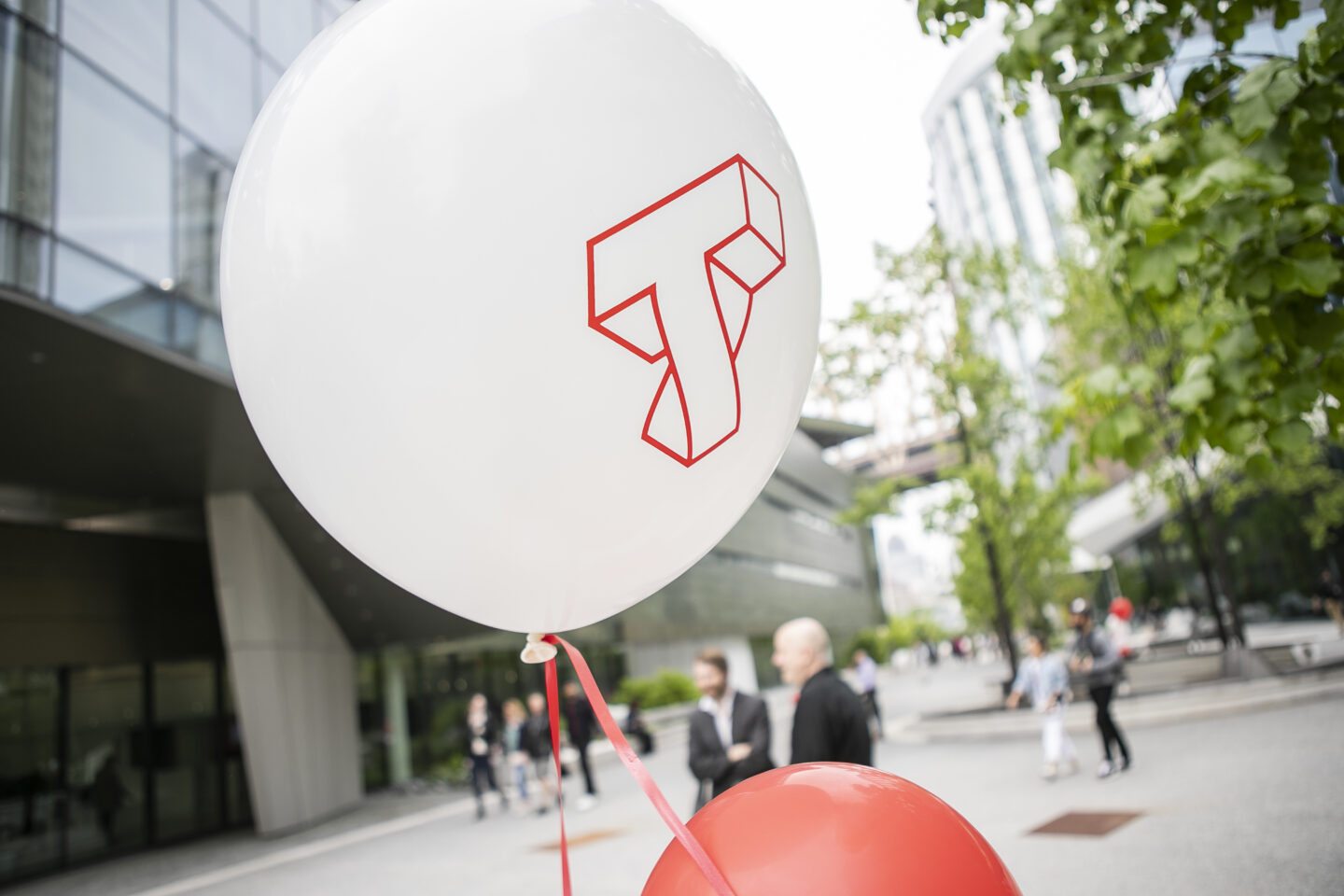Hillary for America CTO Stephanie Hannon Discusses Her Life in Tech
Categories

As a young engineer, Stephanie Hannon liked certain aspects of her work but was yearning for a change.
She knew she liked transforming creative ideas into real products and tangible outcomes. And she knew she liked integrating teams, seeing how different departments—or differing opinions—could somehow come together to solve problems.
Those interests brought Hannon to product management. After working at Cisco, Facebook, and Google—where she eventually led Google’s Civic Innovation and Social Impact division—Hannon was hired in April 2016 as campaign CTO of Hillary Clinton’s presidential campaign, becoming the first female CTO of a major party’s presidential campaign.
She spoke about that journey to an audience of young, predominantly female technologists as part of Cornell Tech’s Fall Conversation, a program hosted by Women in Technology and Entrepreneurship in New York (WiTNY), an initiative that supports young women pursuing careers in technology.
Making an Impact
Leveraging technology to drive impact has been at the center of Hannon’s career.
For example, she decided to leave Google’s Gmail team for Google Maps. There, Hannon recounted: “One of the most important things we did was map places that had probably never been mapped before. We built tools that could warn people about natural disasters and weather that’s coming at them.”
She also worked with city agencies across Europe, helping them open up their transit data so that it could be analyzed and used to improve the daily lives of citizens.
“I traveled all over Europe,” said Hannon. “It was fun and impactful to create an open standard for cities to share public transportation.”
At first, she said, many European cities were skeptical. But, after successfully piloting the system in Portland, Oregon, Hannon and her team were able to convince most to come on board.
The same desire for impact brought Hannon to Clinton’s campaign, where, aside from gaining the title of CTO and having the opportunity to build an engineering team from scratch, she knew she would be working on the first major party presidential campaign with a woman at the top of the ticket.
Making a Career
Hannon spoke about some of the ways she has evolved professionally—starting with her approach to problem solving. “It’s a skill we all have to develop,” she said. “You can’t be afraid of conflict. If there are different views, you need to be able to talk with the other person to get to a resolution.”
Crystal Aya, a CUNY student and former WiTNY intern, said Hannon’s story helped her understand, piece by piece, how such a career is actually built. “When I heard how she went down her path—to me, it was surprisingly human, it was all based on what she wanted to do,” said Aya. “It’s a relief hearing someone like her say something like that.”
Brittany Grieve, another panelist and a freshman majoring in Computer Science at Hunter College, also expressed a feeling of relief following Hannon’s talk. “There’s so much pressure on women in technology fields to succeed,” Grieve said. “And a lot of women, it seems, feel pressured to take roles just to prove that they can, not necessarily because of what they want.”
But Hannon encouraged those in attendance to follow their passions and focus on experience. “A lot of big companies might try to woo you out of being an engineer right away,” she said, referencing the tendency among tech companies to quickly transition engineers with creative minds into product management positions. “Fundamentally, engineering—building systems for the real world—is such an important experience to have. That experience—building real production systems, having the world use them, seeing them fail, and then learning to debug them—is priceless.”
As for the future, Hannon’s message to the audience was clear: “We need more senior women technology leaders. That’s the only way things will change. We need more role models.”
Media Highlights
Tech Policy Press
Content Moderation, Encryption, and the LawRELATED STORIES

Highlights From Spring 2022!




